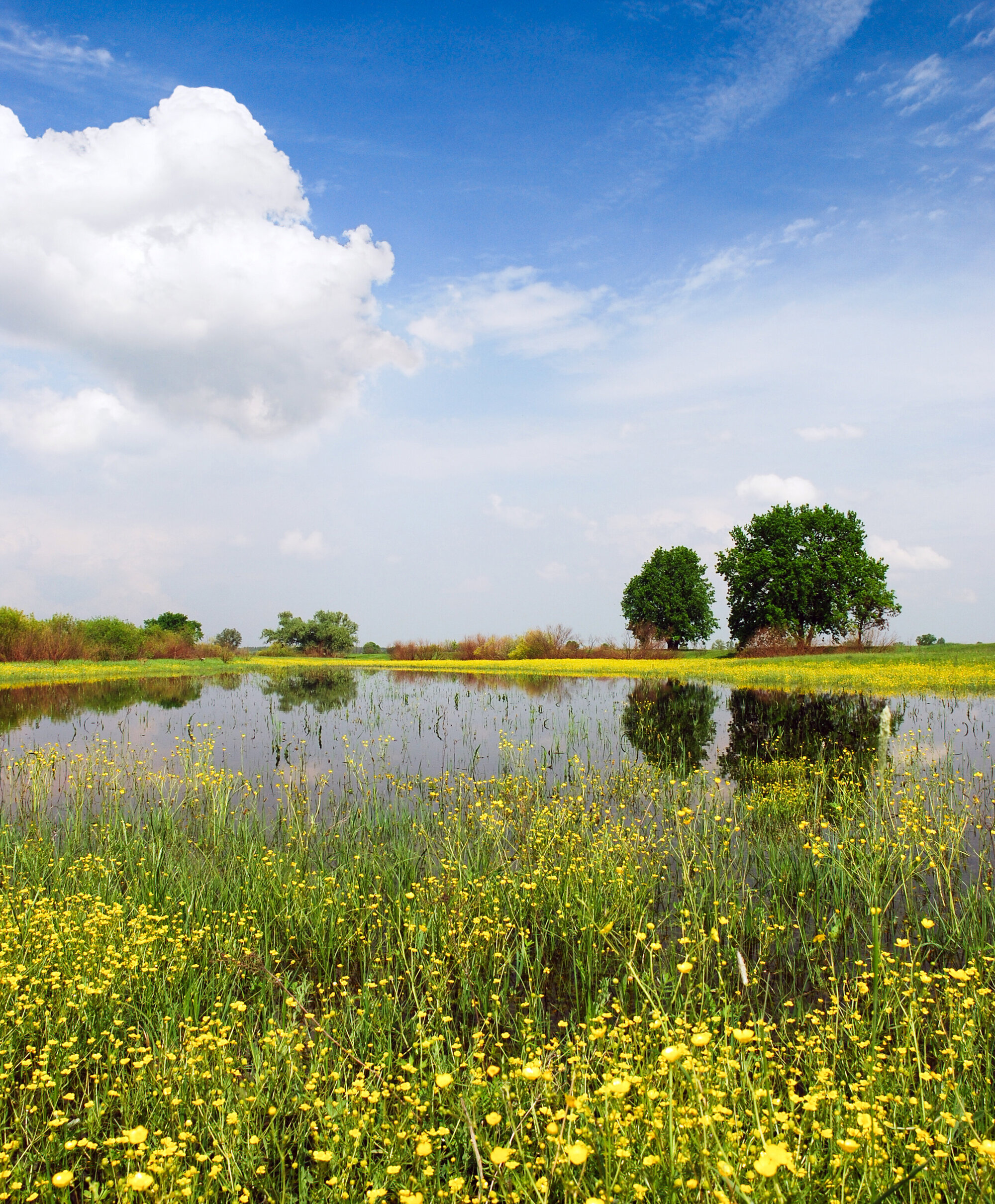What is indigenous seed?
![[Translate to English:] Blumenwiese mit gebietseigenem Saatgut shutterstock_366350384.jpg](/fileadmin/_processed_/9/c/csm_shutterstock_366350384_20de6ec470.jpg)
Indigenous seed
Indigenous seed refers to wildflower and wild herb seed that originally came from a specific region or area in Germany and is therefore indigenous or native to that area. To be considered indigenous, a plant must have propagated in a specific area for a long period of time. In addition, it is possible that plants with an indigenous origin may differentiate genetically from the same species that grows in another region, since it has adapted to local conditions over generations.
The use of indigenous seed means that species that would not occur naturally in this region are not sown. This can then also prevent the further spread of non-indigenous species (so-called neophytes). The use of indigenous seed thus facilitates the general protection of a species, the preservation and protection of the natural occurrence of species in a specific region, and biodiversity. Indigenous seeds are used, for example, when creating new biotopes, for green roofs and for greening streets.
As of March 2020, only indigenous seed may be used in Germany for sowing in open countryside (excluding agriculture and forestry).
When speaking of indigenous seed, it is usually necessary to make a distinction between local and regional seed.

Local seed
Local seed is obtained by harvesting several suitable donor sites using special methods such as threshing. The harvested seed is then spread directly over the target area to be greened. Suitable donor sites are not far away from the subsequent target area and should ensure a species composition that is suitable for the target area. Local seeds should primarily be used for the greening of higher quality areas, for example measures for renaturalisation.
The division of Germany into 502 “main natural spatial units” according to Meynen & Schmitüsen, 1953-1962 can be used to help decide whether seed is considered “local”.
Regional seed
For the commercial production of regional seed, Germany was divided into 22 different regions of origin. In order to produce regional seed, the starting material for the plant to be propagated must first be collected by hand in the appropriate area of origin, for example in a nature reserve. The seeds thus collected are then cultivated and propagated over a maximum of 5 generations.
Different mixtures for the different regions of origin in Germany are then put together from the harvested seeds of different species.
In order to be sure that the seed is of regional origin, the certification of the seed must be noted. In Germany there are currently two different systems for the certification of regional seed: VWW-Regiosaaten® and RegioZert®. These two systems ensure that the seed that is sold is indigenous seed.

